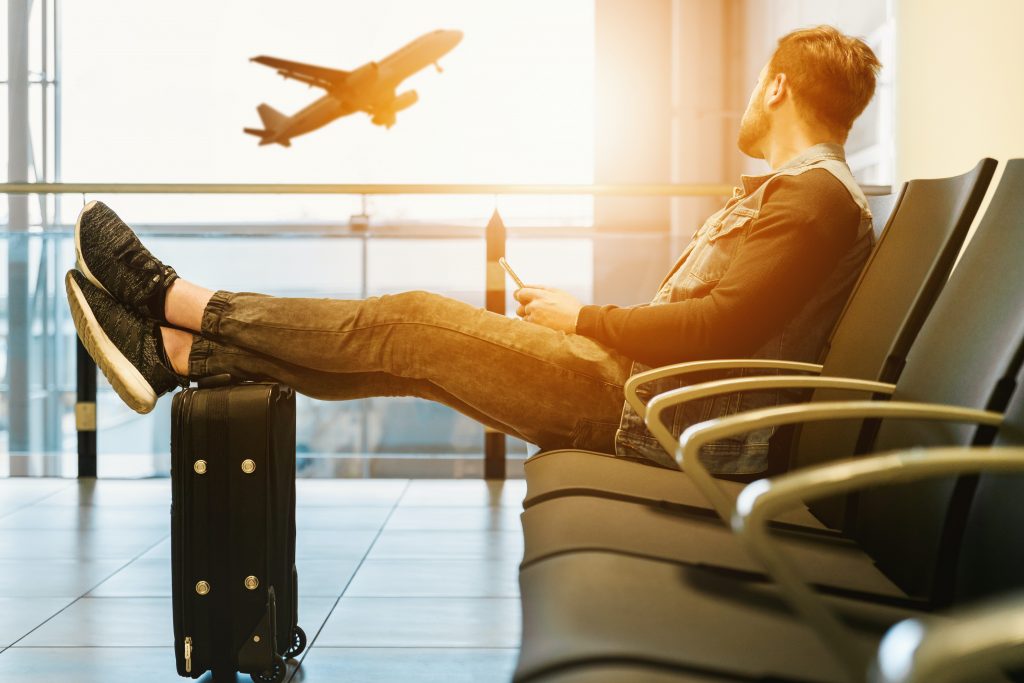
GUEST POST from Shep Hyken
I experienced something worth sharing recently, and we can take at least three lessons from it.
I’m always looking for good customer service stories that teach or remind us about creating an amazing customer experience. I experienced something worth sharing recently, and we can take at least three lessons from it.
I booked an international trip for a speaking engagement. On the day of departure, I was dropped off at the airport and went directly to the ticket counter. It would take two flights on two airlines to get to where I was going, so I expected two boarding passes. The agent only gave me one and told me to get the next boarding pass when I landed.
I’ve done this many times before and never had trouble getting both boarding passes at the outset. Rather than argue with her, I thanked her, went to the other end of the ticket counter, and talked to a different agent who was happy to get me the second boarding pass.
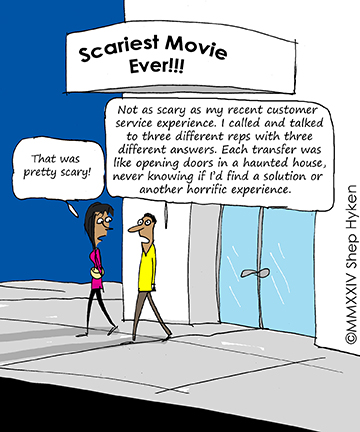
I had to ask the second agent, “Why didn’t the other ticket counter agent give me the second boarding pass?” She quietly answered, “She is just lazy. She’s been here a long time and doesn’t seem to care anymore. Because it’s a different airline, it takes an extra couple of steps, and she didn’t want to do it.”
Yes, the second agent took great care of me. However, she also made a mistake. What was it? Let’s find out! There are at least three lessons we can learn from this story:
1. Laziness: That should never be an excuse for providing poor customer service. If the agent really was lazy, shame on her for taking a job where she supports customers. And is it her fault or the manager who oversees the ticket counter agents? Put the right people on the front line. At a minimum, they shouldn’t be lazy.
2. Inconsistency: One agent said, “No,” and the other said, “Yes.” Who do you believe? There must be consistency in the level of service and answers you get from different employees. Any inconsistency creates a lack of confidence and can erode trust.
3. Disparagement: The second agent was friendly, apologetic, and took great care of me, but she made one mistake. She made a disparaging remark about a colleague. Instead of saying, “She’s lazy,” she could have told me, “I’m not sure why she didn’t give you the second boarding pass. I’ll talk to her and make sure she knows how for next time.” Don’t make negative comments about fellow employees or the company.
We may learn other lessons from this story, but these are three that jumped out at me. To summarize, laziness should never enter the customer experience. An inconsistent experience always makes customers wonder, “What will next time be like?” And a disparaging remark about others – even the competition – is unprofessional.
Image Credits: Shep Hyken, Pixabay
![]() Sign up here to join 17,000+ leaders getting Human-Centered Change & Innovation Weekly delivered to their inbox every week.
Sign up here to join 17,000+ leaders getting Human-Centered Change & Innovation Weekly delivered to their inbox every week.
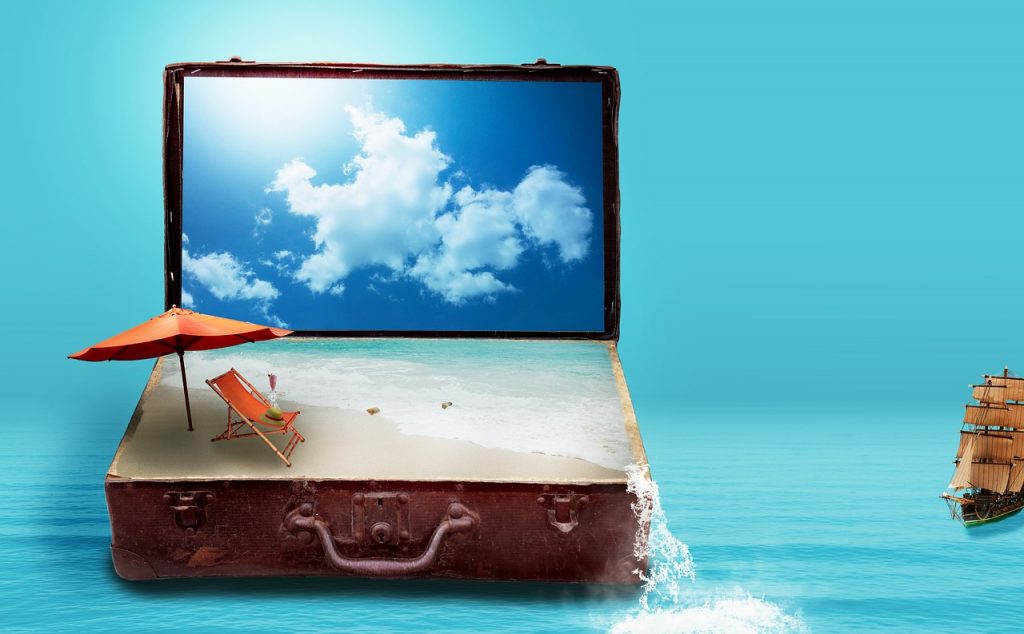
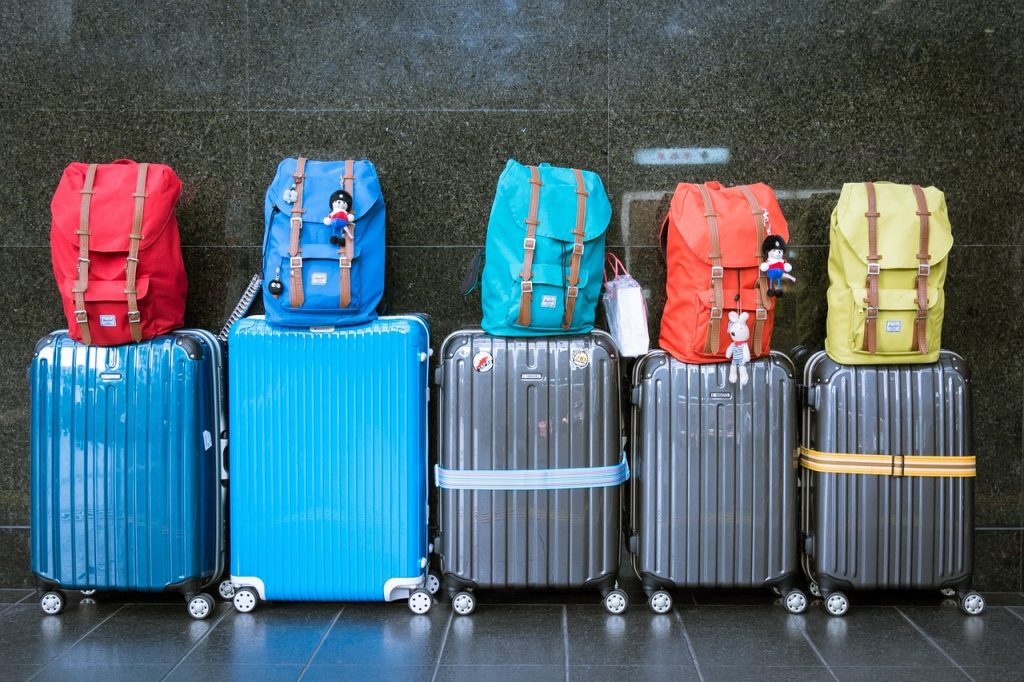



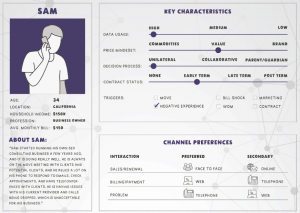
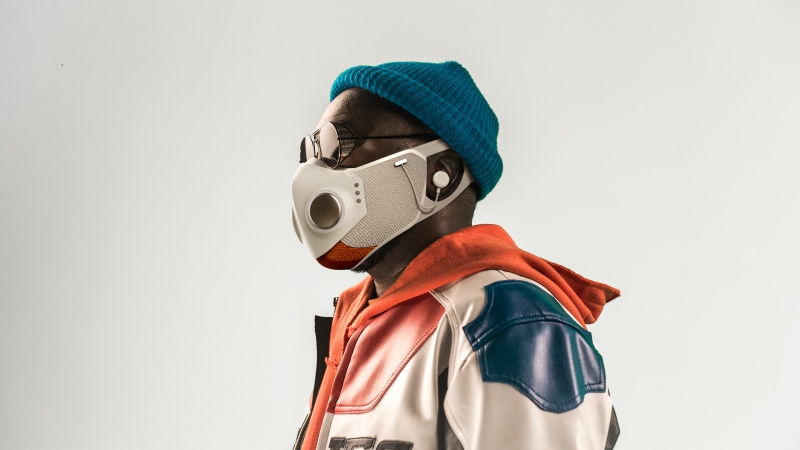

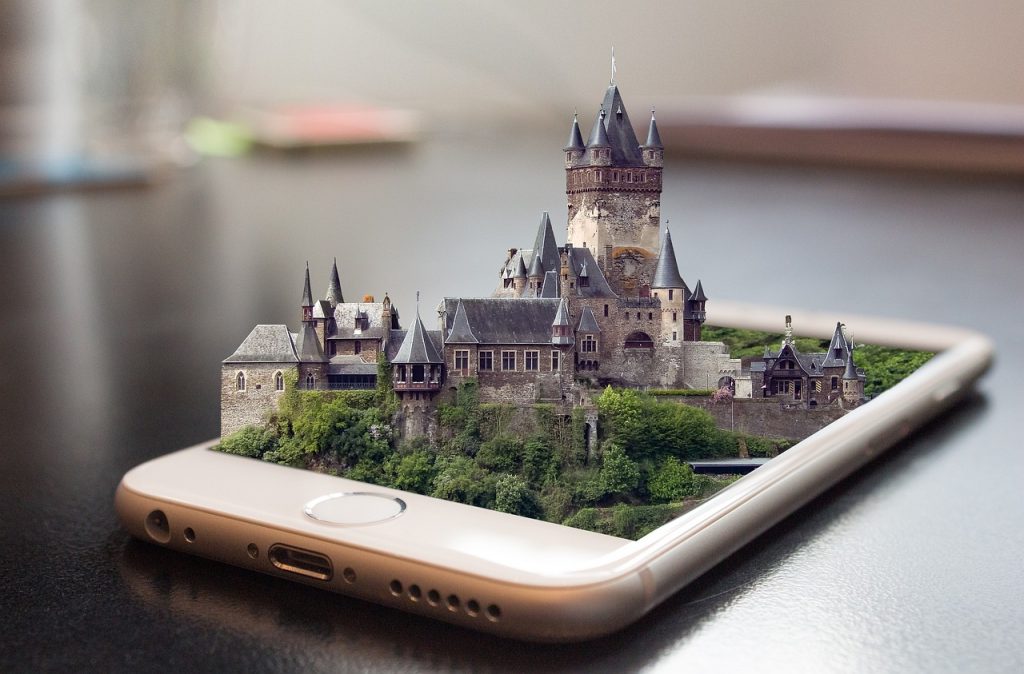


 The new Starbucks train café is one of the smallest the company has ever designed, and they have managed to include space for 50 people, baristas, a pastry case, standing bar, and a lounge area, all tastefully assembled into a two level train car.
The new Starbucks train café is one of the smallest the company has ever designed, and they have managed to include space for 50 people, baristas, a pastry case, standing bar, and a lounge area, all tastefully assembled into a two level train car.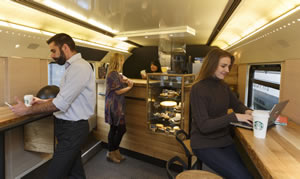 It’s incredibly important for companies like Starbucks that sell daily indulgences to be in the places where people are looking to enjoy that little treat, and with the level of quality increasing (at least in the coffee experience) at competitors like Dunkin Donuts, McCafe, Caribou Coffee, and others, Starbucks has to do everything they can to reinforce their premium image and customer loyalty.
It’s incredibly important for companies like Starbucks that sell daily indulgences to be in the places where people are looking to enjoy that little treat, and with the level of quality increasing (at least in the coffee experience) at competitors like Dunkin Donuts, McCafe, Caribou Coffee, and others, Starbucks has to do everything they can to reinforce their premium image and customer loyalty.
